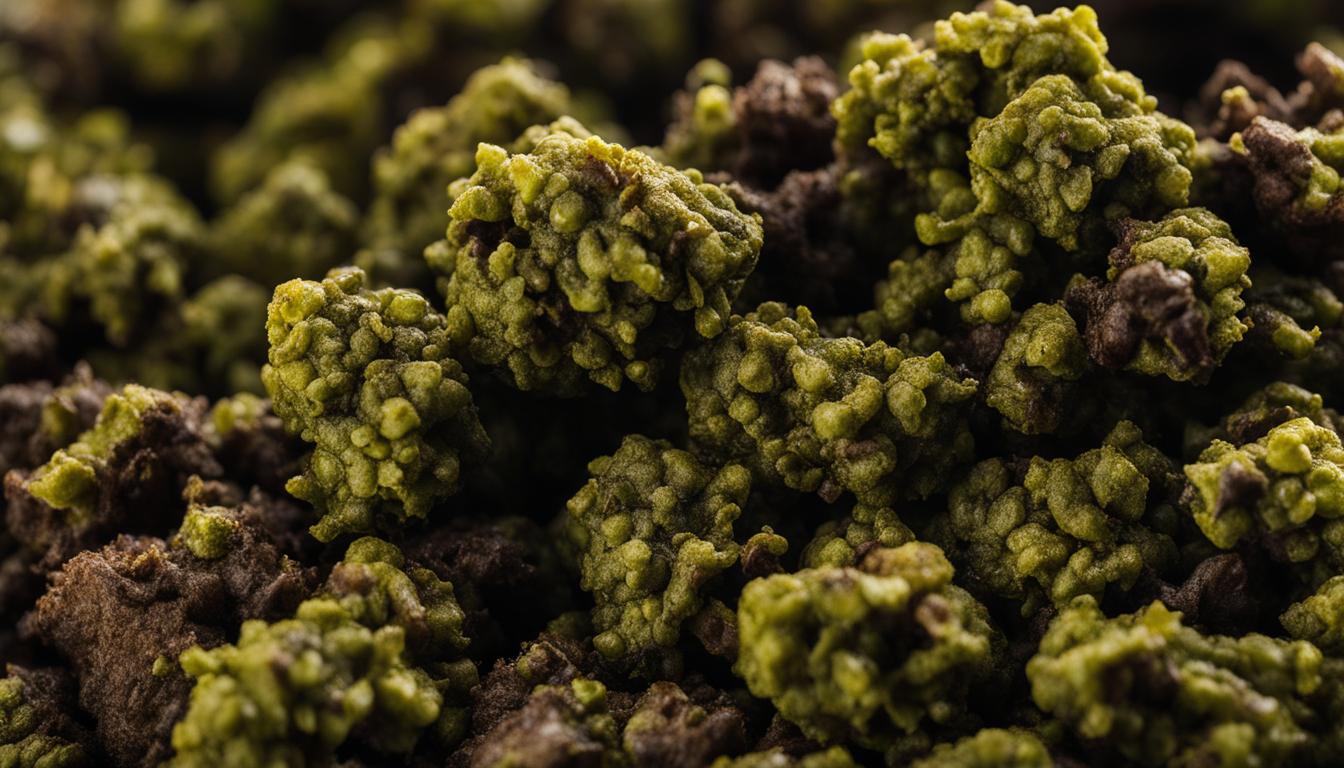Understanding Dog Allergies
Dealing with dog allergies can be a real headache for both pups and their humans. Knowing what causes these allergies and spotting the symptoms early can make a world of difference in keeping your furry friend comfortable.
What Causes Dog Allergies?
Dog allergies can pop up from all sorts of things. Figuring out the exact culprit is key to managing the problem. Here are some usual suspects:
- Pollen
- Dust mites
- Mold spores
- Certain foods
- Dog dander (dead skin cells) and saliva
Some breeds are labeled as hypoallergenic, meaning they’re less likely to trigger allergies. But let’s be real—no dog is 100% hypoallergenic. Everyone’s reaction is different. Curious about hypoallergenic dogs? Check out our article on hypoallergenic dogs.
Spotting the Symptoms
Catching the signs of dog allergies early can save a lot of trouble. Here are some common symptoms to watch for:
- Itching
- Sneezing
- Watery eyes
- Coughing
- Skin rashes
- Upset stomach
These symptoms can look like other health issues, so it’s best to get a vet’s opinion for a proper diagnosis.
Managing and Treating Dog Allergies
Once you know what’s causing the allergies, you can start tackling the problem. Here are some ways to manage and treat dog allergies:
- Allergy Testing: Find out exactly what’s bugging your dog with allergy testing.
- Treatment Options: There are various treatment options available, from medications to lifestyle changes.
By understanding what causes dog allergies and recognizing the symptoms, you can take steps to keep your dog happy and healthy.
Tackling Dog Allergies
Dealing with dog allergies can be a real headache, but figuring out what sets off your pup’s sneezes and itches is the first step. Allergy testing is your go-to move here, helping you pinpoint exactly what’s bugging your dog. Once you know the culprits, you can start working on ways to keep your furry buddy comfortable.
Allergy Testing
Allergy testing is like detective work for your dog’s health. There are two main ways to get to the bottom of what’s causing those allergic reactions:
-
Skin Prick Test: This involves poking tiny amounts of different allergens into your dog’s skin and watching for reactions. If a bump or redness pops up, bingo—you’ve found an allergen.
-
Blood Test: This test checks your dog’s blood for specific antibodies that react to allergens. It’s a bit like looking for the fingerprints of the culprits causing the allergies.
Once you know what’s causing the trouble, you can start making changes to your dog’s environment or diet and look into treatments to ease their symptoms.
Treatment Options
Treating dog allergies isn’t one-size-fits-all. Here are some common ways to help your dog feel better:
-
Medications: There are various meds out there that can help reduce inflammation and calm your dog’s immune system. Antihistamines, corticosteroids, and immunosuppressive drugs are often used. Always chat with your vet to find the right meds and doses for your dog.
-
Allergy Shots: Also known as immunotherapy, these shots gradually introduce small amounts of the allergens to your dog. Over time, this can help their immune system chill out and not overreact. Your vet will handle these shots, and they can be a long-term solution.
-
Natural Remedies: Some folks prefer to go the natural route. This might include herbal supplements, special diets, or topical treatments. While these can work for some dogs, it’s crucial to get your vet’s okay before trying anything new.
Besides these treatments, making some changes at home can really help. Regular cleaning, using hypoallergenic bedding, and keeping your dog away from known triggers like pollen or dust mites can make a big difference. If your dog has food allergies, switching to hypoallergenic dog food might be a game-changer.
Every dog is different, so what works for one might not work for another. Your vet can help you come up with a plan that’s just right for your dog. With the right approach, you can help your furry friend feel better and enjoy life without the constant itch and sneeze.
Keeping Allergies at Bay
Dealing with dog allergies can be a real pain, but with a few tweaks to your home and your pup’s diet, you can make life a lot easier. Let’s break it down into simple steps you can take to keep those sneezes and itches under control.
Home Sweet Home
Changing up your dog’s environment can make a big difference. Here’s how to keep your space as allergy-free as possible:
-
Clean Up Time: Keep your home spick and span. Vacuum carpets, wash bedding, and dust surfaces regularly. This helps get rid of pet dander, pollen, and dust mites that can trigger allergies.
-
Breathe Easy: Get an air purifier with a HEPA filter. These bad boys trap allergens and make the air in your home cleaner.
-
No-Go Zones: Set up areas in your home where your dog isn’t allowed, like bedrooms or certain pieces of furniture. This keeps allergens out of places where you spend a lot of time.
-
Grooming Galore: Brush and bathe your dog regularly to cut down on shedding and dander. Less loose hair means fewer allergens floating around.
-
Barrier Up: Use allergen-resistant covers for your dog’s bed and furniture. If you can, swap out carpets for hard flooring, which is easier to clean and doesn’t trap allergens.
Chow Time
What your dog eats can also affect their allergies. Here are some tips to manage allergies through diet:
-
Simple Eats: Try a limited ingredient diet to pinpoint and avoid allergens in your dog’s food. These diets have fewer ingredients, making it easier to figure out what’s causing the problem.
-
New Proteins: Switch to less common protein sources like venison or duck. These are less likely to cause allergic reactions compared to chicken or beef.
-
Special Diets: Hydrolyzed diets break down proteins into smaller pieces that are less likely to cause allergies. These can be a lifesaver for dogs with severe allergies.
-
Vet Advice: If you think your dog has a food allergy, talk to your vet. They can suggest hypoallergenic diets or run tests to find out what’s causing the issue.
By making these changes, you can cut down on allergic reactions for both you and your dog. But remember, these steps might not completely get rid of allergies. Sometimes, you might need extra help like medication or natural remedies. If you think your dog has allergies, always check with your vet for the best advice and treatment options.








